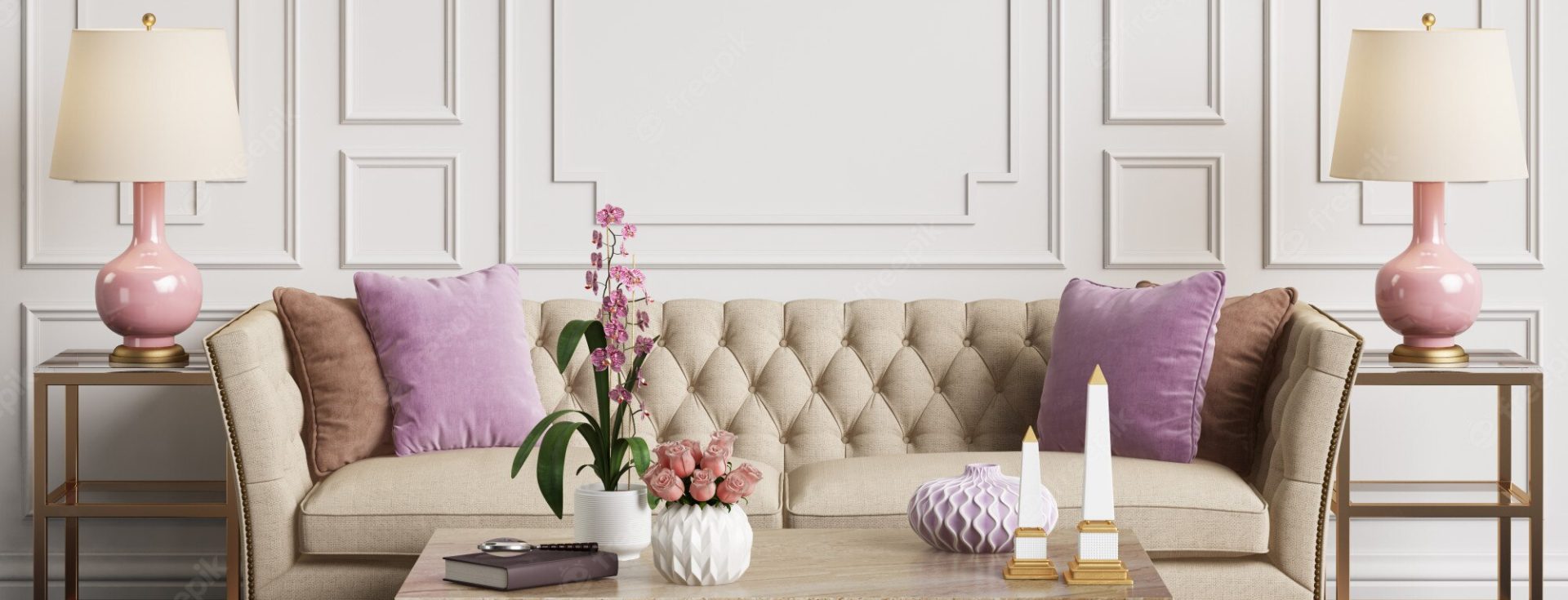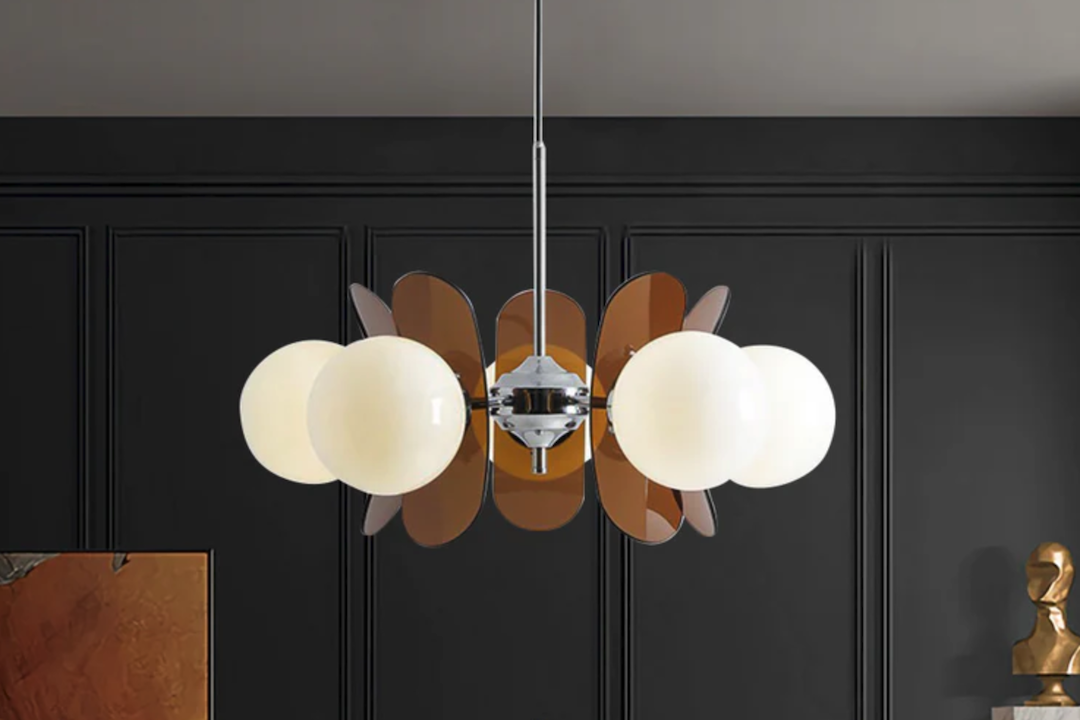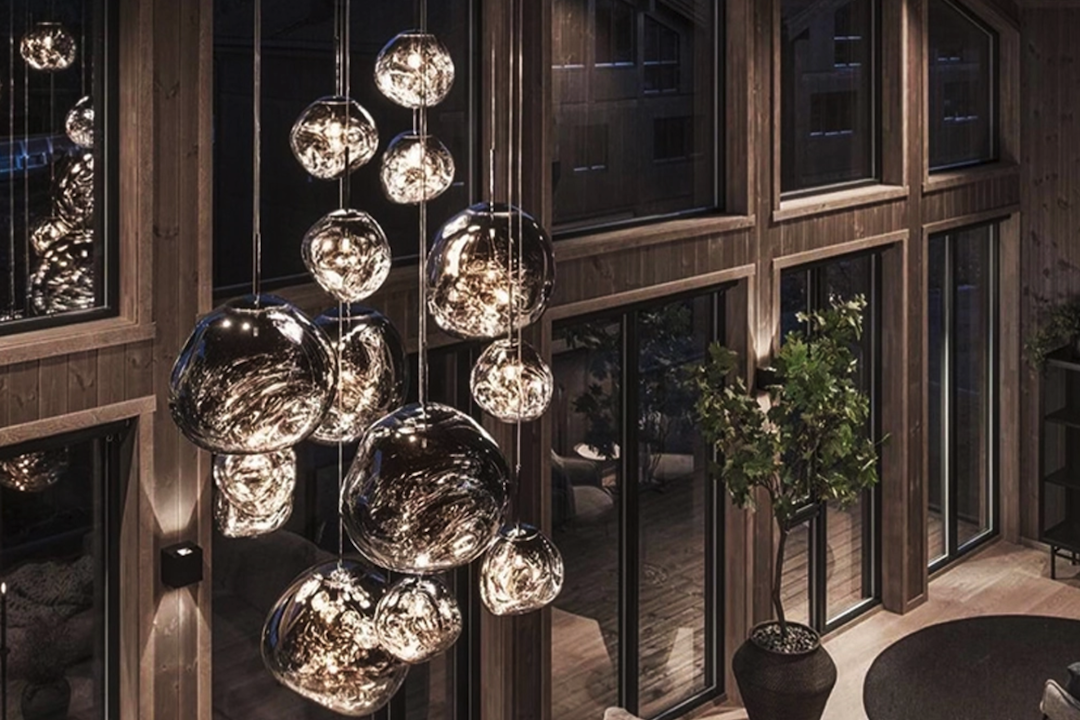The Bauhaus movement, founded in 1919 by architect Walter Gropius in Weimar, Germany, was a revolutionary approach to design that sought to unify art, craft, and technology. The school aimed to bridge the gap between fine arts and applied arts, emphasizing functionality and simplicity in design. Gropius envisioned a new kind of education that would bring together artists, architects, and craftsmen to collaborate on projects that would serve the needs of society.
This interdisciplinary approach was radical for its time and laid the groundwork for modern design principles. The Bauhaus school moved to Dessau in 1925, where it flourished until its closure in 1933 due to political pressures from the Nazi regime. During its brief existence, the Bauhaus produced a plethora of influential designers and artists, including Paul Klee, Wassily Kandinsky, and Marcel Breuer.
The movement’s emphasis on minimalism, geometric forms, and the use of industrial materials like steel and glass had a profound impact on architecture and design worldwide. The legacy of the Bauhaus continues to resonate today, influencing everything from furniture design to graphic arts, as its principles of functionality and simplicity remain relevant in contemporary aesthetics.
The Resurgence of Retro Design
In recent years, there has been a notable resurgence of retro design, particularly styles that hark back to the mid-20th century. This revival is characterized by a fascination with the aesthetics of the past, particularly the bold colors, geometric patterns, and innovative materials that defined the 1950s and 1960s. As people seek to create spaces that reflect their individuality and nostalgia for simpler times, retro design has found its way back into homes, offices, and public spaces.
This trend is not merely about imitation; it is about reinterpreting classic styles to fit modern sensibilities. The resurgence of retro design can be attributed to several factors. First, there is a growing appreciation for craftsmanship and authenticity in an age dominated by mass production.
Consumers are increasingly drawn to unique pieces that tell a story or evoke a sense of nostalgia. Additionally, social media platforms like Instagram and Pinterest have made it easier for individuals to share their design inspirations and showcase retro aesthetics. This visual culture has created a community of enthusiasts who celebrate vintage styles while also encouraging contemporary adaptations.
As a result, retro design has become a vibrant part of modern interior aesthetics, blending old-world charm with contemporary functionality.
Incorporating Elegance into Modern Kitchens
Kitchens have evolved from mere cooking spaces into multifunctional areas that serve as the heart of the home. As such, incorporating elegance into modern kitchens has become a priority for many homeowners. This can be achieved through thoughtful design choices that blend functionality with aesthetic appeal.
One effective way to infuse elegance into a kitchen is through the use of high-quality materials such as marble countertops, hardwood cabinetry, and polished metal fixtures. These elements not only enhance the visual appeal but also contribute to the overall durability and longevity of the space. Lighting plays a crucial role in creating an elegant atmosphere in the kitchen.
Chandeliers, pendant lights, and under-cabinet lighting can all be used strategically to highlight key areas while adding a touch of sophistication. For instance, a statement chandelier Vopdesign can serve as a focal point above an island or dining area, drawing attention and elevating the overall design. Additionally, incorporating retro elements such as vintage-inspired appliances or fixtures can add character and charm to a modern kitchen while maintaining an elegant aesthetic.
By carefully selecting colors, textures, and lighting, homeowners can create a kitchen that is not only functional but also exudes timeless elegance.
Choosing the Right Bauhaus Chandelier for Your Space
Selecting the perfect Bauhaus chandelier for your space involves understanding both the principles of Bauhaus design and the specific characteristics of your environment. Bauhaus chandeliers are typically characterized by their geometric shapes, clean lines, and use of industrial materials such as metal and glass. When choosing a chandelier, consider the scale of your space; a large chandelier can serve as a dramatic focal point in an expansive kitchen or dining area, while smaller fixtures may be more appropriate for intimate settings.
Another important factor is the color palette of your space. Bauhaus design often employs a limited color scheme dominated by primary colors or monochromatic tones. A chandelier that complements these colors can enhance the overall aesthetic without overwhelming the room.
Additionally, consider the height at which the chandelier will be hung; it should be positioned to provide adequate illumination while allowing for comfortable movement beneath it. By thoughtfully considering these elements, you can select a Bauhaus chandelier that not only fits your space but also embodies the movement’s ethos of functional beauty.
Installation Tips for Retro Chandeliers in the Kitchen
Installing a retro chandelier in your kitchen can transform the space into an elegant haven; however, proper installation is crucial to ensure both safety and aesthetic appeal. Before beginning the installation process, it is essential to turn off the power at the circuit breaker to avoid any electrical hazards. Once you have ensured safety, gather all necessary tools such as wire cutters, screwdrivers, and electrical tape.
When mounting the chandelier, consider its weight and size. Heavier fixtures may require additional support or reinforcement in the ceiling. It is advisable to use a ceiling hook or brace designed to hold the weight of the chandelier securely.
Follow the manufacturer’s instructions carefully when connecting wires; typically, this involves matching colors—black to black (or red), white to white, and grounding wires together. After securing all connections with electrical tape and ensuring they are well insulated, carefully lift the chandelier into place and secure it according to the provided guidelines. Finally, restore power and test the fixture to ensure it operates correctly.
Maintenance and Care for Vintage Chandeliers
Maintaining vintage chandeliers requires a delicate balance between preserving their historical integrity and ensuring they remain functional and beautiful over time. Regular cleaning is essential to prevent dust accumulation that can dull their shine. For most vintage chandeliers, a soft microfiber cloth dampened with water or a gentle cleaning solution is sufficient for removing dust without damaging delicate finishes or crystals.
For chandeliers adorned with crystals or intricate details, it may be necessary to perform more thorough cleaning periodically. This can involve carefully removing individual crystals or components for cleaning before reassembling them. It is crucial to handle these pieces with care to avoid breakage or scratches.
Additionally, inspecting electrical components regularly ensures that wiring remains intact and safe for use. If any issues arise with wiring or connections, consulting a professional electrician experienced with vintage fixtures is advisable to maintain safety while preserving the chandelier’s historical value.
The Impact of Retro Elegance on Kitchen Décor
The integration of retro elegance into kitchen décor has far-reaching implications for how spaces are perceived and experienced. Retro elements often evoke feelings of nostalgia and warmth, creating an inviting atmosphere that encourages social interaction and family gatherings. By incorporating vintage-inspired designs—such as patterned tiles, retro appliances, or classic light fixtures—homeowners can create kitchens that feel both timeless and contemporary.
Moreover, retro elegance often emphasizes craftsmanship and quality over mass production. This focus on artisanal details can elevate kitchen décor beyond mere functionality; it transforms kitchens into curated spaces that reflect personal style and values. The juxtaposition of modern appliances with retro aesthetics creates a unique dialogue between past and present, allowing homeowners to express their individuality while enjoying the conveniences of contemporary living.
As such, retro elegance not only enhances visual appeal but also enriches the overall experience of cooking and entertaining in the kitchen.
Where to Find Authentic Retro Bauhaus Chandeliers
Finding authentic retro Bauhaus chandeliers requires careful consideration and research to ensure quality and authenticity. Antique shops specializing in mid-century modern design often carry genuine pieces from this iconic movement. These shops may offer chandeliers from renowned designers associated with Bauhaus principles or even lesser-known artisans who embraced similar aesthetics.
Online marketplaces such as 1stDibs or Chairish provide platforms where collectors sell authentic vintage pieces directly to consumers. These sites often feature detailed descriptions and provenance information that can help buyers make informed decisions about their purchases. Additionally, attending vintage fairs or auctions can yield unique finds; these events often attract sellers with curated collections of mid-century modern items.
By exploring various avenues—both physical stores and online platforms—design enthusiasts can discover authentic Bauhaus chandeliers that resonate with their personal style while honoring this influential design movement’s legacy.





